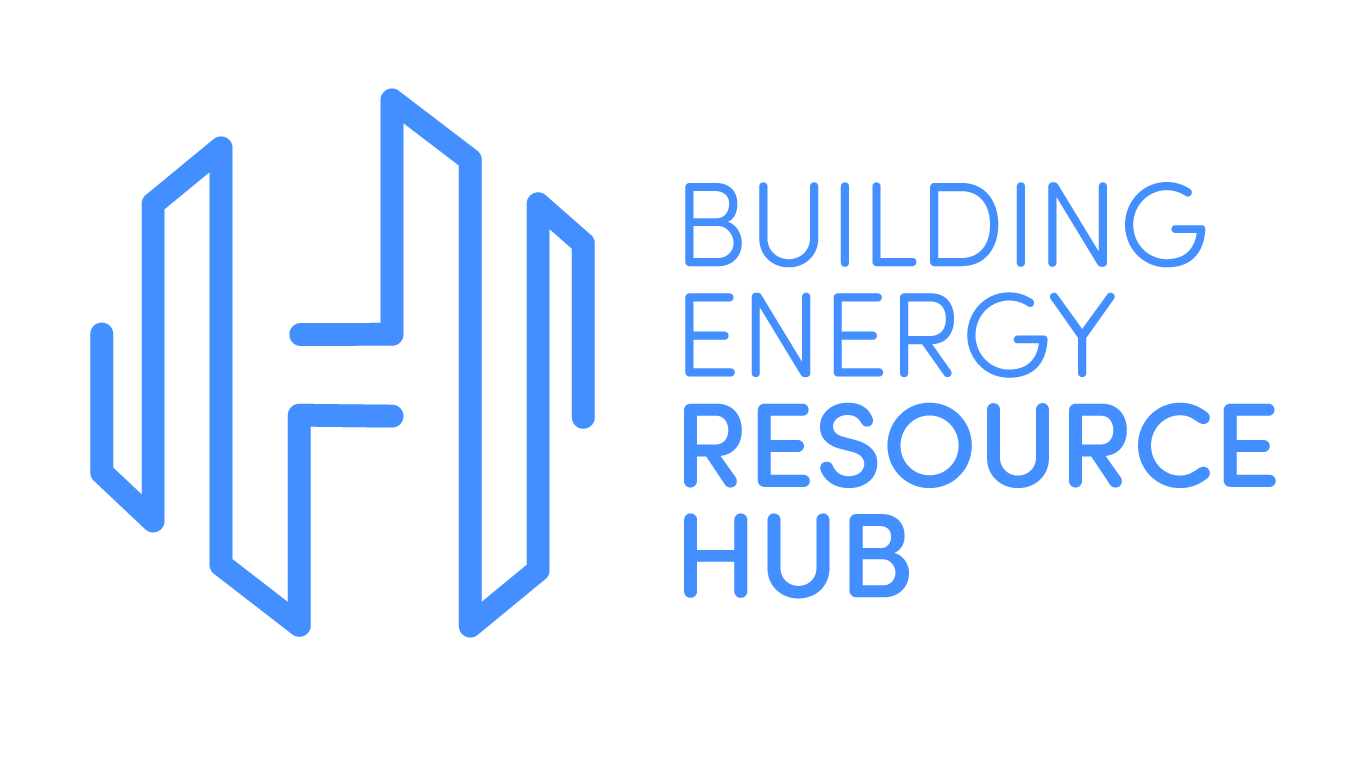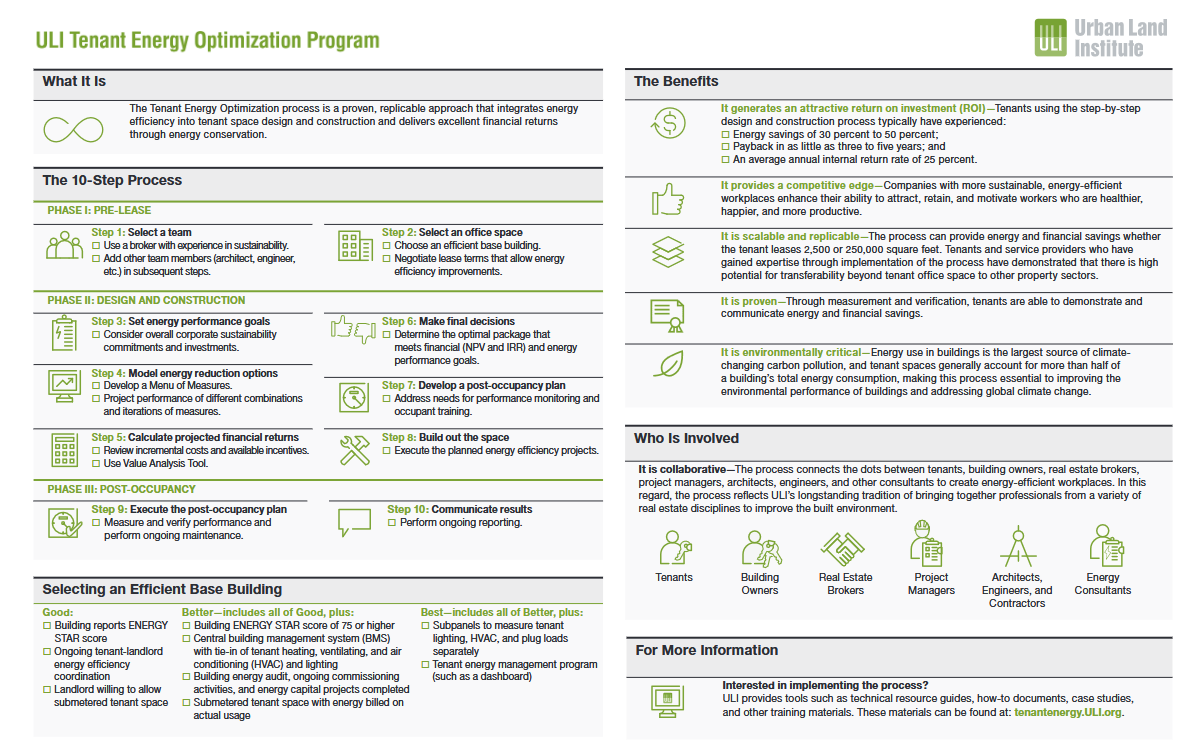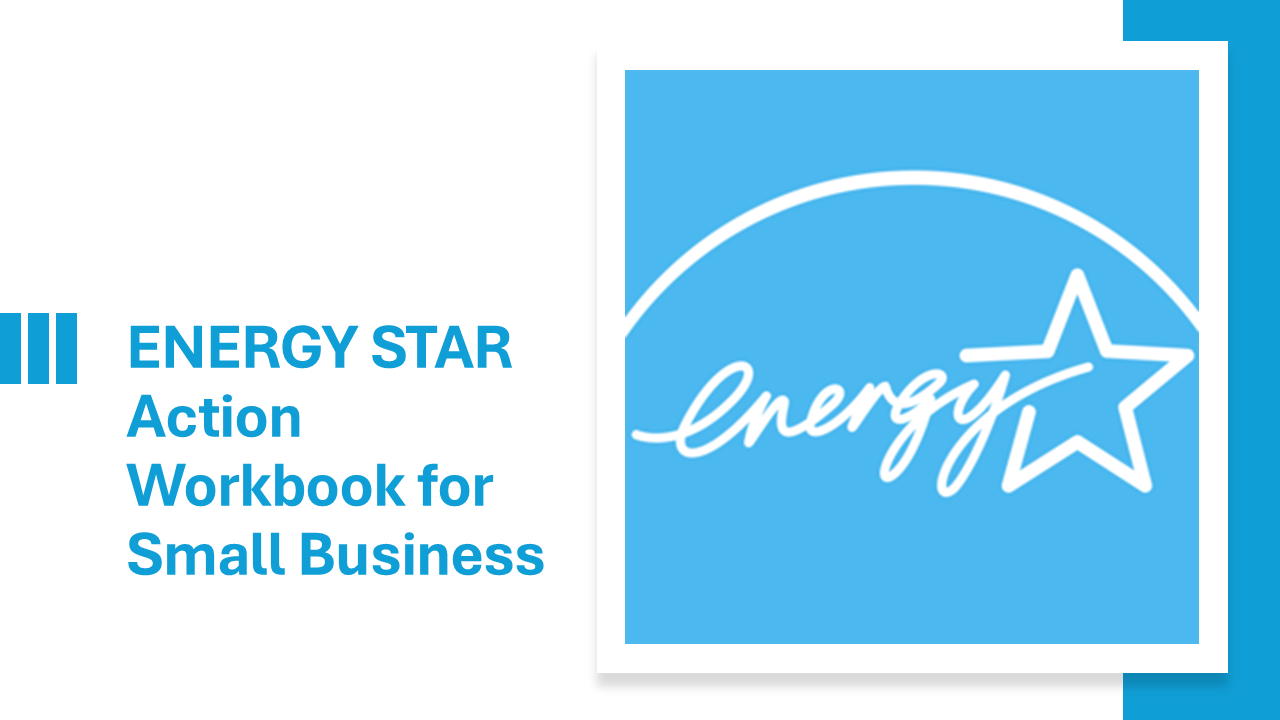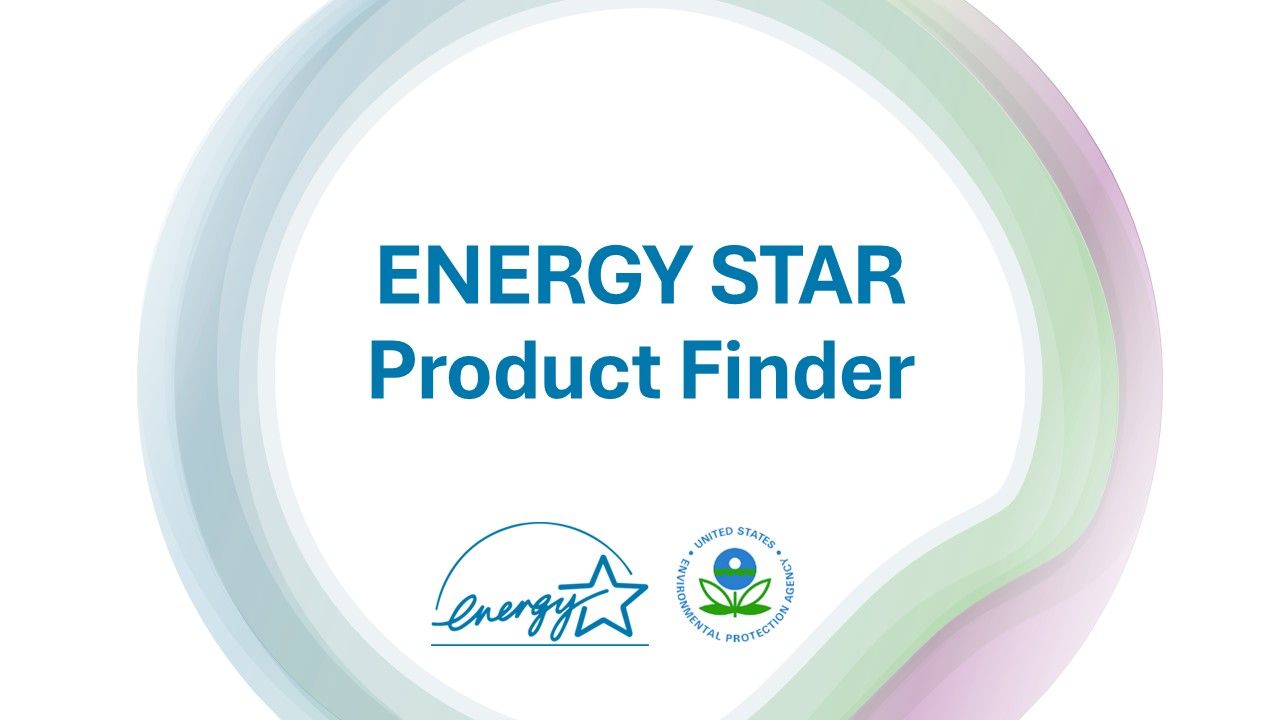Building Energy Resource Hub 180 N. LaSalle St. #2210 Chicago, IL 60601 info@buildinghub.energy
The Building Energy Resource Hub is a project of Illinois Green Alliance.
EIN: 75-3098915
The Benefits of Electrification for Affordable Housing
Building Retrofit Q&A: Bill Lyons, Senior Engineer, Elevate
Project: Nuestro Hogar
Building electrification retrofit projects are gaining popularity as building owners become more familiar with the benefits of electrification, including lower energy bills, reduced emissions, and cleaner indoor spaces. Yet it can be particularly beneficial in affordable housing when such projects require equipment upgrades, as the tenants generally realize the cost savings.
This was one of the main drivers for Bickerdike Development Corporation, a nonprofit developer of affordable housing, to embark on an electrification program for a number of its properties. Working with Elevate Energy and ComEd through the utility’s Whole Home Electric program, Bickerdike recently completed a partial electrification of its Nuestro Hogar Apartments, a two-building, 31-unit property in Humboldt Park.
Bickerdike approached Elevate about the potential electrification of Nuestro Hogar in 2022 as a number of the buildings’ systems, such as gas furnaces, were reaching the end of their life cycle. This is the ideal time for a decarbonization upgrade, given that owners and operators of affordable housing can usually only afford to replace a system once it stops working.
“We want to make sure we’re electrifying these systems, because if we put in a new fossil fuel system now, it will be in there a lot longer than in a market rate building,” which can afford more frequent upgrades, says Bill Lyons, Senior Engineer III at Elevate.
Lyons recently sat down with the Hub to discuss the benefits of electrification for affordable housing, explore the planning process, and outline lessons for other AEC professionals.

Question: What motivated the retrofit and electrification of Nuestro Hogar apartments?
Answer:
Bickerdike has prioritized building electrification after a successful retrofit of another property. Many of their affordable housing units are in gentrifying areas where electrification helps lower operating costs and mitigate rising tax expenses. With utility incentives, state and federal programs, and philanthropic grants, these upgrades can proceed even without capital reserves. Electrification also improves tenant comfort by providing air conditioning.
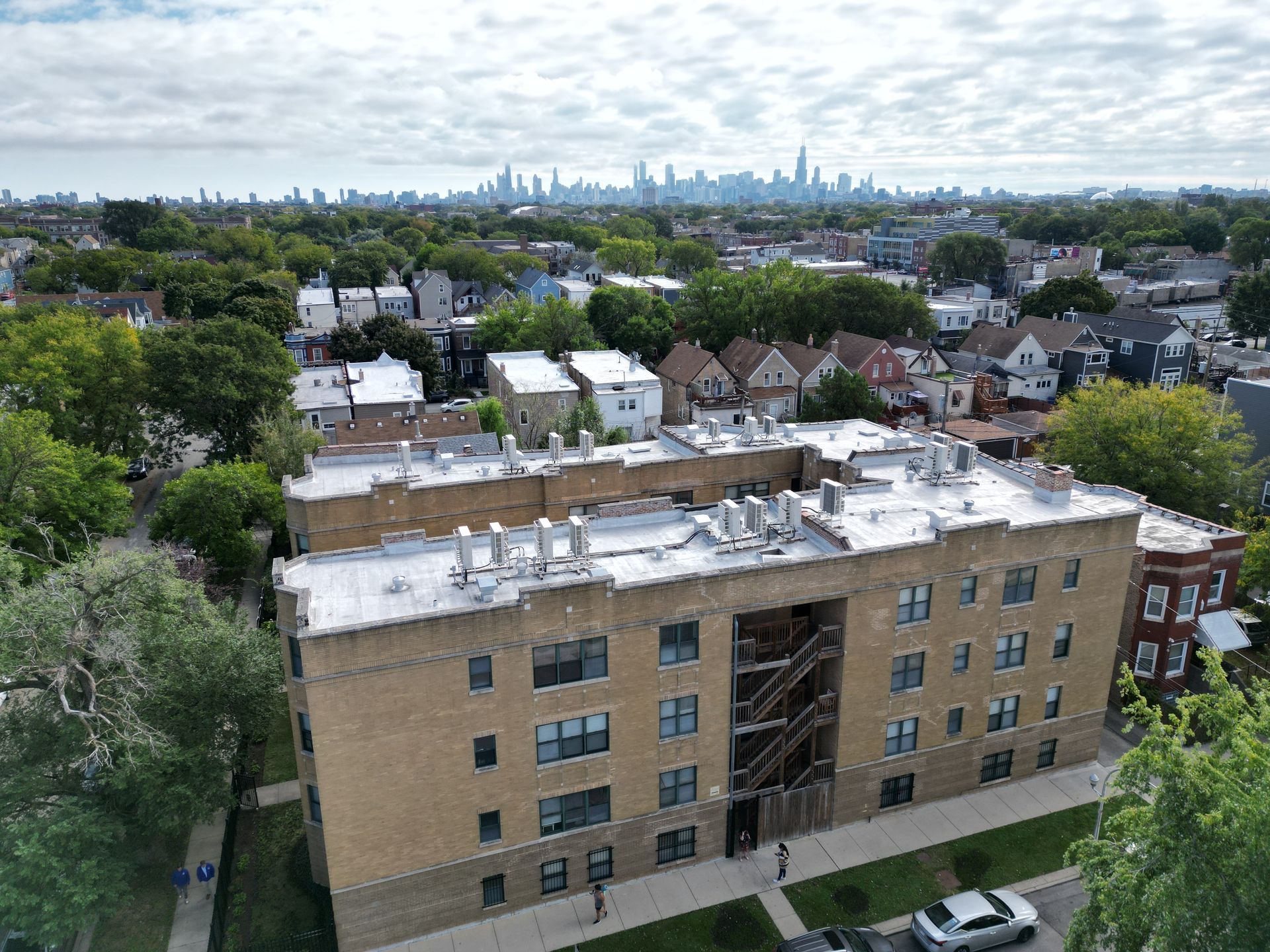
Q: How were the most impactful upgrades selected?
A:
We conducted a utility analysis to ensure tenant costs wouldn’t rise and assessed electrification feasibility. Factors like heat pump technology suitability, available outdoor space, electrical capacity, and physical constraints were considered. Each measure was evaluated for feasibility and cost before presenting options to the building owner. Once finalized, the project went to contractors for pricing and adjustments before the final package was approved.
Q: Why is integrating sustainability into affordable housing important?
A:
Lower operating costs, improved tenant health, and future cost stability make electrification essential. Beyond cost savings, projects should also enhance building durability and indoor air quality. As more homes go electric, fossil fuel costs shift to fewer users, disproportionately impacting those unable to upgrade. Market-rate homeowners can switch to heat pumps at will, but affordable housing typically replaces systems only at failure, making proactive electrification crucial.
Q: What is the “spark gap”?
A:The spark gap (or spark spread) is the cost ratio between electricity and fossil fuels on an equal energy basis. For example, if electricity costs $0.12/kWh and gas costs $1.01/therm (equivalent to $0.0345/kWh), the spark gap is 3.48—electricity costs 3.5 times more per unit of energy. However, heat pumps are 4-5 times more efficient than gas heaters, offsetting the cost difference and reducing utility bills.
Q: What are the expected benefits of this project?
A:
Tenants are projected to see a 5.3% reduction in utility costs, a 52% drop in energy use, and the building is expected to reduce CO2 emissions by 645 tons over its lifespan. The project eliminated fossil fuel combustion in tenant spaces. Gas stoves were replaced with electric flat-top models, and furnaces with cold-climate heat pumps. This improves air quality and provides central AC, eliminating the need for noisy, inefficient window units.
Q: What engineering challenges did you face, and how were they overcome?
A:
The original furnaces did not include air conditioning, so there were no existing chases for the heat pump line sets. The team identified and confirmed a new chase path. The in-unit electrical panels were 100 amps, so cold-climate heat pumps were chosen to avoid the need for electric resistance heating, preventing costly electrical upgrades. The range required a 240-volt electrical outlet, but the panel was far from the kitchen. An existing soffit was identified to run the conduit, avoiding extensive modifications. Future refrigerant regulations will require additional considerations, such as ventilated chases for safety.
Q: How did you collaborate with partners like Bickerdike, Slipstream, and ComEd?
A:
Frequent communication was key. Supply chain delays due to COVID and other factors required timeline and funding adjustments. Regular updates ensured flexibility and problem-solving as challenges arose.
Q: What financing incentives supported this project?
A:
This project was part of an Elevate-led electrification pilot, co-funded by ComEd and private donors, covering 100% of costs. Affordable housing projects often face split incentives—where building owners bear upgrade costs while tenants benefit from savings. Full funding removed the need for owner investment recovery.
Q: What lessons from this project can help other AEC professionals with decarbonization?
A:
Electrification is a phased journey. Developing a long-term roadmap is key to meeting stakeholder needs. Leveraging existing infrastructure simplified the heat pump and stove installations. Planning for future upgrades ensured that water heating conversion was deferred to avoid an electrical service upgrade until necessary. Proper equipment sizing is critical to minimize costs and prevent increased electrical demand. Oversized electric resistance heating can inflate both project and operational costs, making careful planning essential.
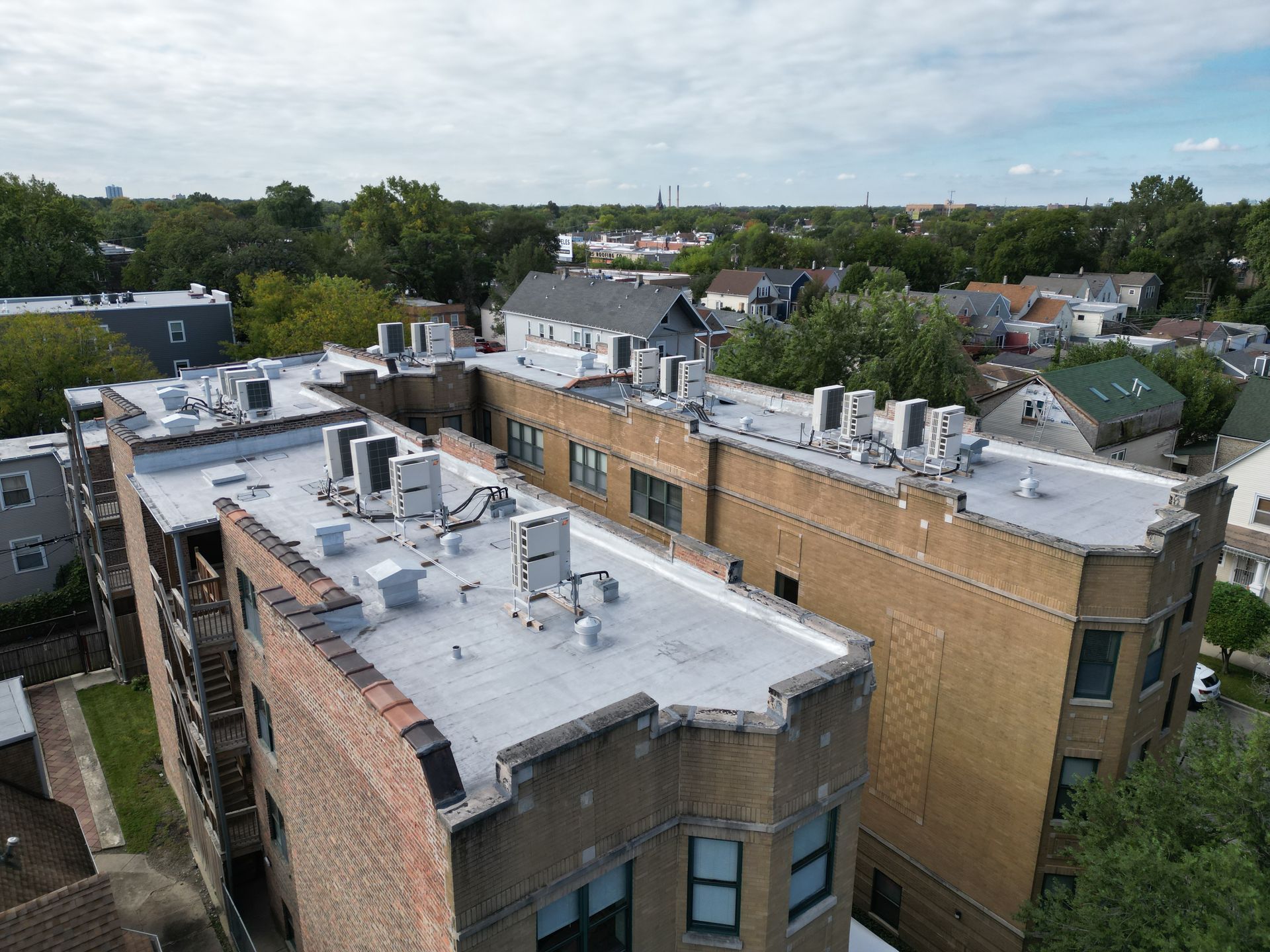
Q: How can Nuestro Hogar’s electrification serve as a model for other affordable housing retrofits?
A: Identifying buildings with aging, inefficient systems allows for the most cost-effective electrification. Replacing furnaces with heat pumps is easier than converting boiler systems. A phased approach ensures immediate benefits while planning for future upgrades as existing systems age, maximizing long-term efficiency and cost savings.
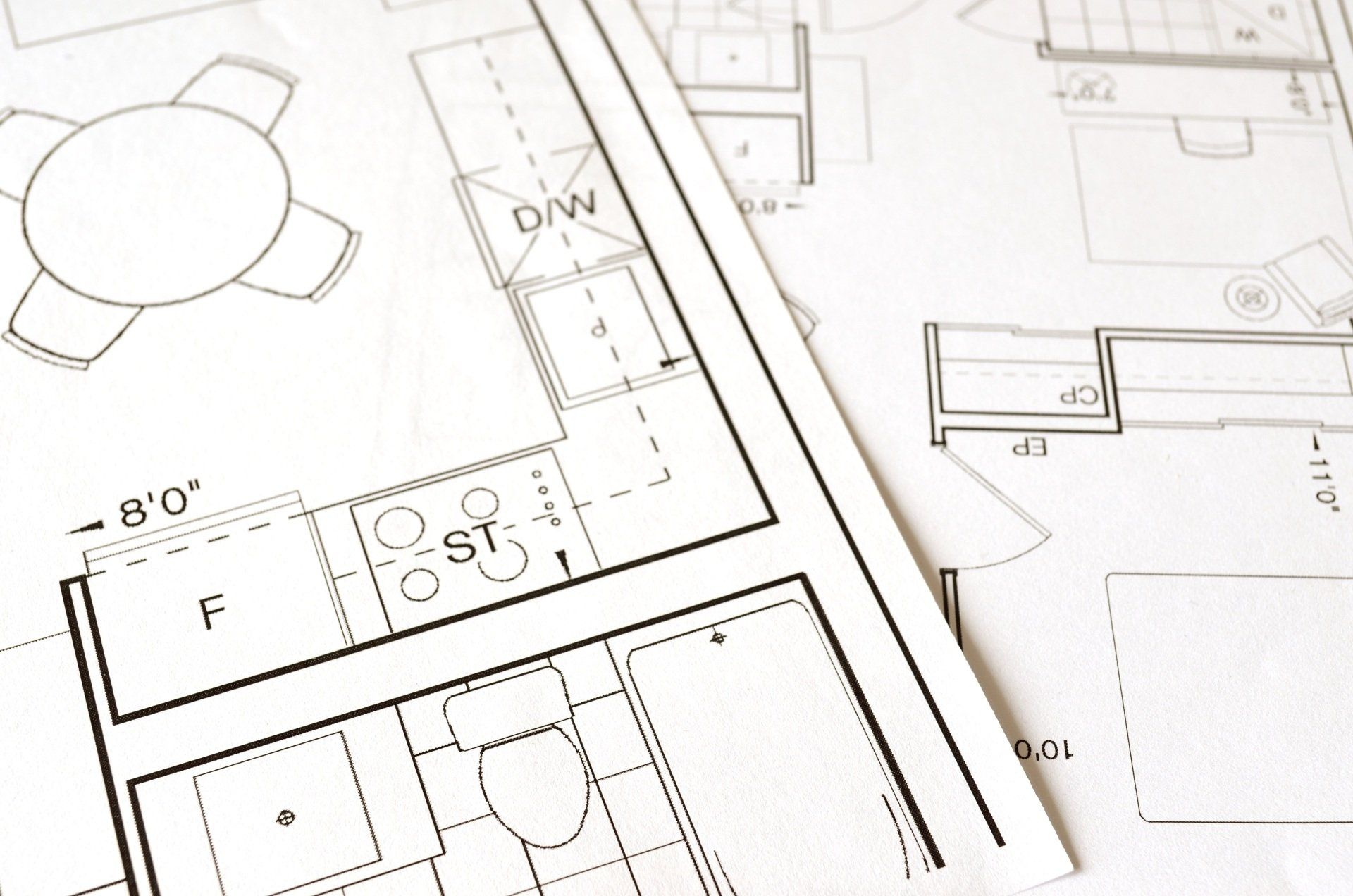


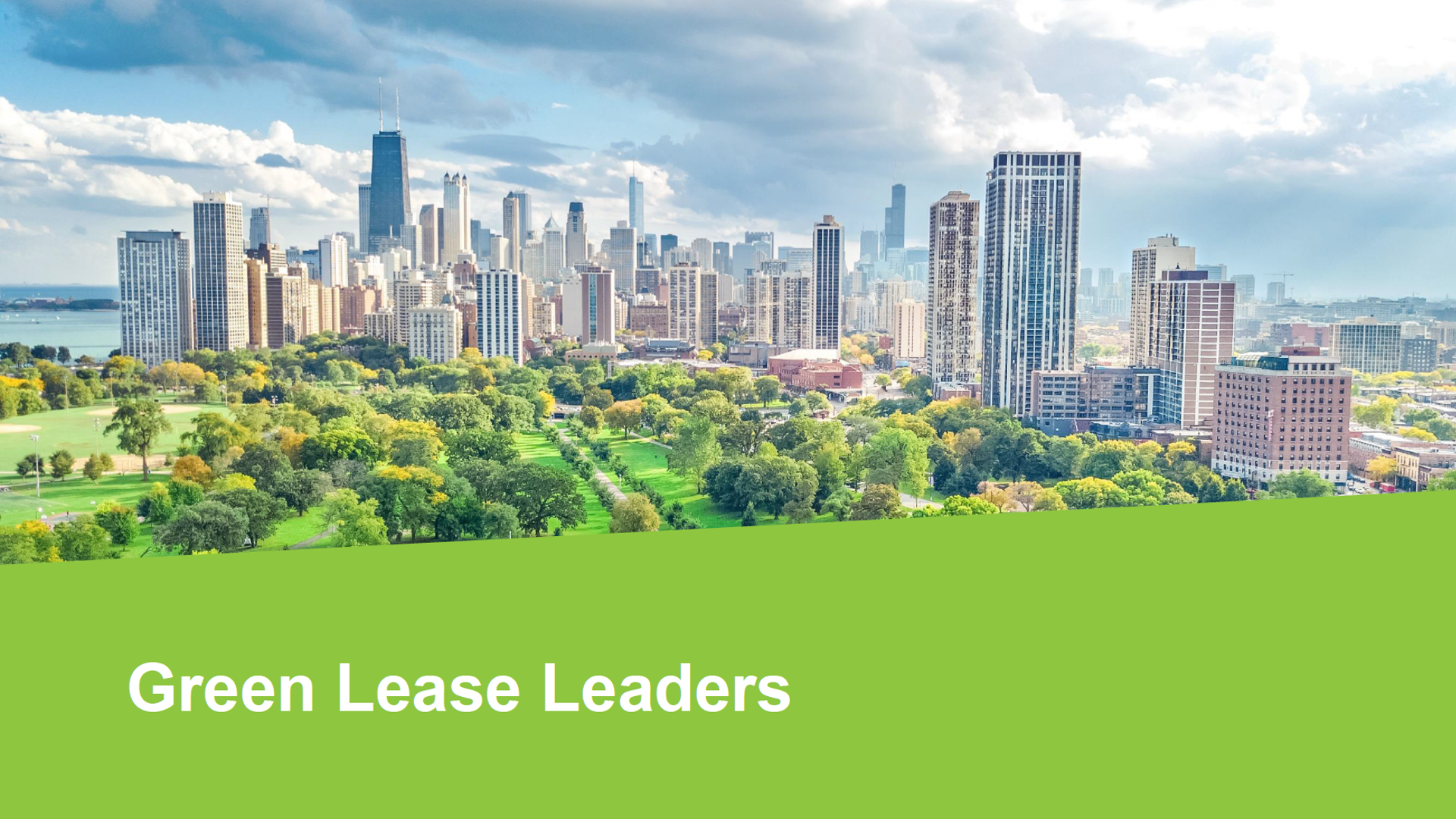

Sign Up For Our Newsletter
Receive ongoing updates, resources, and events in your inbox.
Mailing address:
180 N. LaSalle St. #2210
Chicago, IL 60601
The Building Energy Resource Hub is a project of Illinois Green Alliance.
EIN: 75-3098915
